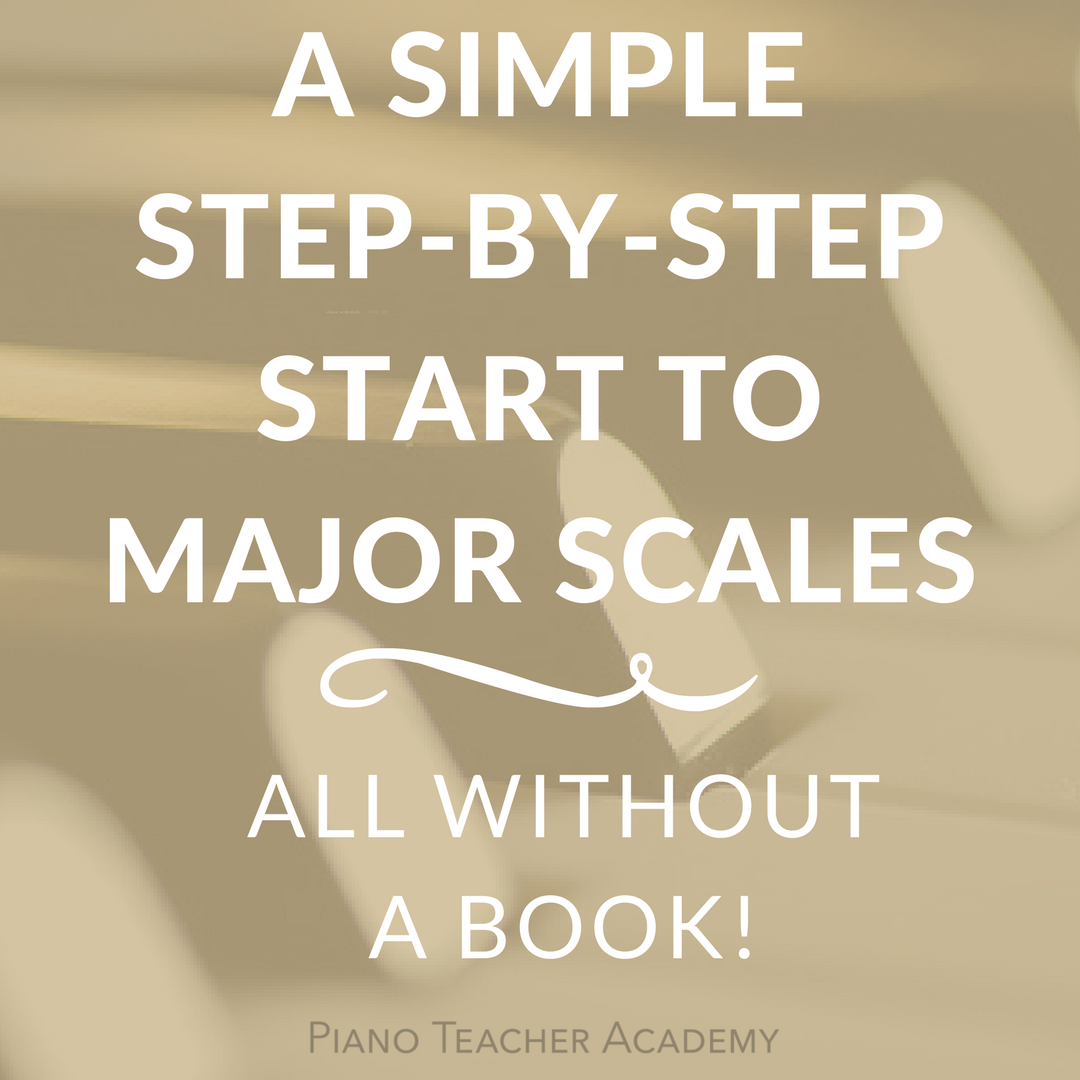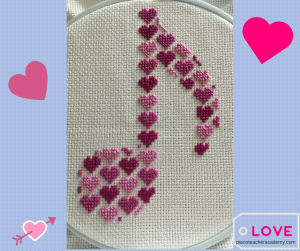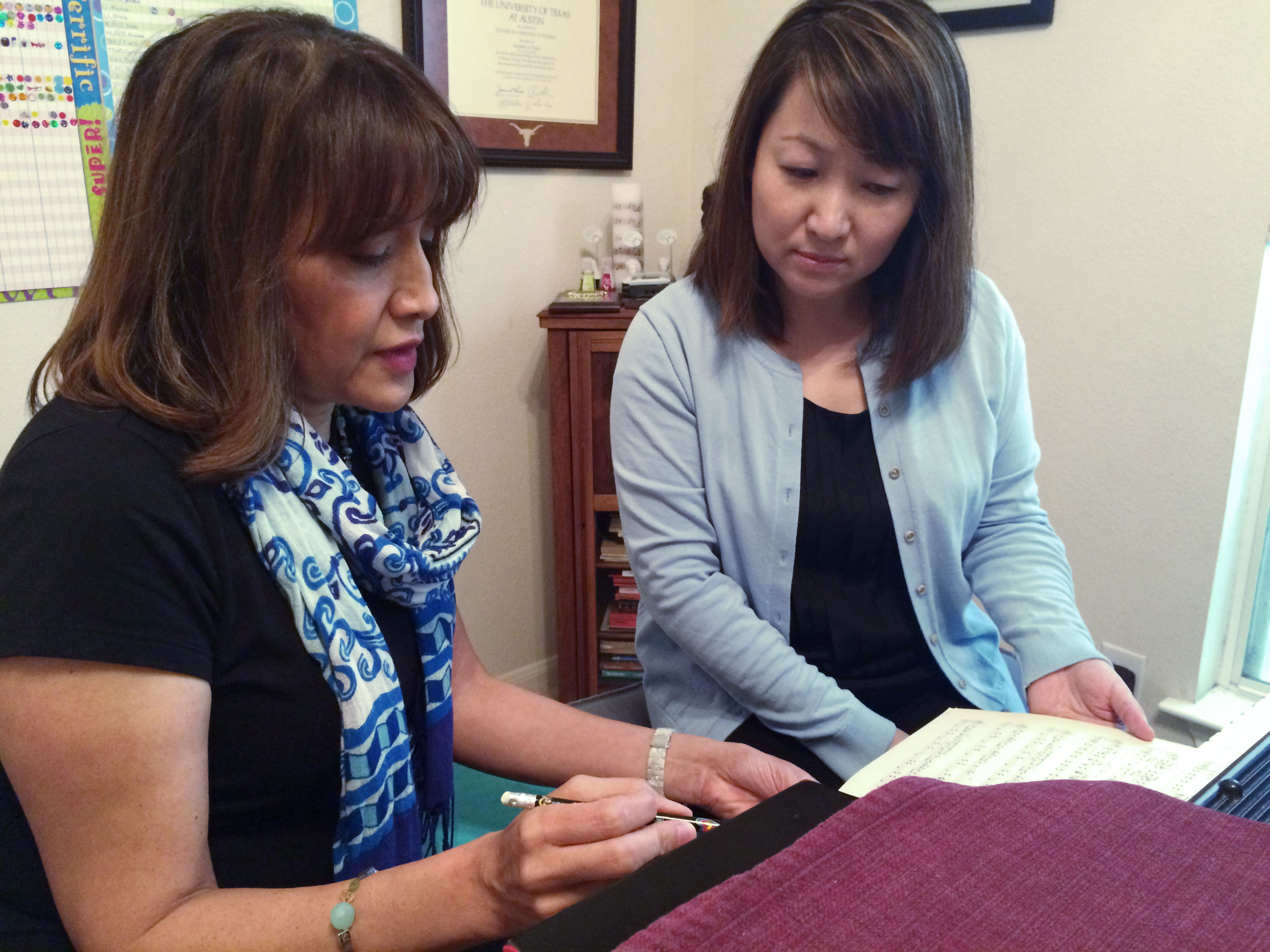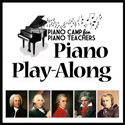Kabalevsky, Op. 39, Play-Along: Post Four (Nos. 9 – 12 Reaction)
PLEASE forgive the delay and the technical glitch in getting this THIRD reaction post up for you. Nothing like technology keeping your site so secure that it prevents the owner from logging in. Sigh. Thanks for hanging in there. We should be on a roll now. I have lots of interesting posts to share with you in the coming days!
It’s still not too late to start the KABALEVSKY PLAY ALONG. Tell your friends. You can jump in whenever you like and post a thought or two here in the Replies below or on the Facebook “Piano Play Along” group page. I’d love to hear from you especially if you’ve had experience in teaching any of the pieces below or if you’ve discovered a selection you really like. Don’t hesitate to post a question. I’ll answer as quickly as I can.
Did you miss my second reaction post? You can read it HERE.
Quick scan thoughts:
There’s quite a contrast in style within this set of four pieces (Nos. 9 – 12) with a jump in difficulty in No. 10 with its dotted rhythms, movement around the keyboard, cadences, and a heavy use of accidentals. Kabelevsky is still promoting various keyboard touches with staccatos, slurs, and accents. He seems to enjoy placing the hands an octave apart, two octaves apart, and as little as a second (step) apart.
Thoughts while playing….
No. 9 – A Little Dance (I see “Dance” indicated in a different edition)
If taken too slow, this could sound more like a march than a dance. If played at the Allegro molto tempo, it sounds more like an effective romp or stomping dance with a feeling of 1 beat per bar. A student should already be comfortable playing strong clear triads in the LH in order to manage the 4-note chords. I told a student to think of G minor with an F in m. 5 and then shift to G major against the F. This seemed to help him know exactly what to look for when targeting these crunchy LH chords.
In the last 4 measures, the LH expands and contracts quite rapidly. I asked the student in the video below to shift to the new LH positions during the rests so he could manage the chord changes more easily. Here’s a short video showing this:
This piece is quite effective if the dynamics are played in sharp contrast to each other. Ask the student what might be happening in the actual dance during the echo sections. Your thoughts on what it could be?
No. 10 – March (I see “Quick March” indicated in a different edition)
This is quite a jump in level compared to the pieces before. I would teach this later down the line after a student has had solid practice with dotted quarter – eighth note rhythms and a little experience with sixteenth notes. The student in the video below has had some previous training in 16ths, but not much. He’s also played a few pieces with 2 sharps or 2 flats in the keysignature.
Here are his thoughts on the challenges he found in this piece (in his words):
“It’s a bit tricky. You have to be exact with your rhythm. I can picture a march with this and it sounds like a trumpet playing. The hardest part was mm. 8 through 12 because of the flats and because the LH jumps in with the melody in mm. 9-10. The last cadence is also tricky because it moves downward instead of upward like in mm. 3-4.”
In the video below, I asked him to play the dotted 16ths incorrectly vs. correctly. The first time he plays, the 16ths sound more like triplets and in the second playing he makes the rhythms sound more like true dotted eighths followed by sixteenths (though it’s still a little bumpy; he’s still working on creating a better demo). Sluggish 16ths are a common problem for students when playing dotted-eighth sixteenth rhythms. It takes careful listening, and the jumpiness here doesn’t help matters.
No. 11 – Song of Autumn (I see “Autumn Song” indicated in a different edition)
This piece reminds me very much of No. 8 “Song” with its parallel melodies, except for the fact that Kabalevsky begins this piece on the anacrusis (pick-up) rather than on beat one. It gives the piece a sense of lilt despite the somber B minor key. I might tell a student to imagine the wind blowing leaves in different directions as their hands move upward then downward in tandem through the slurs. The hands playing 2 octaves apart seems to add a sense of heaviness or a grey, cloudy aura to an autumn day. Have the student describe what he/she sees on a B minor autumn day.
Here’s a student demo.
The student wanted to achieve a steady Andante feeling. His brother, standing next to him while taping this, told him he needed to add more shape to his phrases and more dim. where indicated. 😉
No. 12 – Scherzo
This piece is similar to the No. 6 – “A Little Joke” with the use of a repeated pattern moving stepwise up and down the keyboard. You could secure the rhythm of the main melodic motive using words like “blue-berry muf-fin” (that’s the first thing that came to my mind – always thinking of sweets!). The student wouldn’t need have experience with 16ths to play this piece well, but I would at least explain the difference between 16ths and 8ths if the student didn’t already know.
There could be a tendency to rush with this piece once it starts moving along. Once again, the brother of the performer in this video piped in and told him that he rushed a little at the end. This was a younger brother informing the elder. Picky picky…
Look forward to your comments!
REVISED Play-Along Schedule:
- Introduction Post: June 1
- Kabalevsky, Op. 39, Nos. 1 thru 4 reaction: June 2
- Nos. 5 thru 8 reaction: June 9
- Nos. 9 thru 12 reaction: June 30
- Nos. 13 thru 16 reaction: July 7
- Nos. 17 thru 20 reaction: July 14
- Nos. 21 thru 24 reaction: July 21










So glad to have you back! I love these four pieces also. The only one I was familiar with in the entire book was no.12. I’m not sure where I learned it. I really have enjoyed playing through all of these pieces and planning how to utilize them with my students. So many possibilities.
Thanks, Jeanne! I’m glad to be back up and running too! Yes, the No. 12 Scherzo shows up in many anthologies so it is one of the more commonly-known from the entire set. I think there is definitely something for every pianist in the Op. 39. Glad you’re enjoying them!
Thank you so much for this! The play along is such a great idea, and what a great choice of pieces for it, I wasn’t at all familiar with this work and I have so enjoyed getting to know it. I am going to be starting some of these with one of my intermediate students soon, and they will be perfect for working on her wrist movements, without getting her to play boring exercises. Love the banter between the brothers too! Do you teach them together or just one after the other and they stay in the room?
I teach both brothers one after the other. They are so good to each other, musically supportive of each others’ efforts and never overly critical. This is nice to see! They also play duets together and once in a while, a trio with me. Of course, I always make the small one sit in the middle! 😉
I am considering starting one of my early intermediate students on Kabalevsky’s op 39 and this is a great resource to learn from. I did not realize what a wealth of learning can be had from this collection.
A question I have in teaching No. 10 is how to teach the 2 note slur at the same time as keeping the 16th notes crisp. It is difficult!
Yes, I agree, this is tricky. I think it helps if the student has had a little prior experience with the dotted-eighth sixteenth rhythm prior to this, but if not, it will take some REALLY careful listening and precise “subdivision” counting. The student should decide if he/she would prefer to count: “1 – ee- and – uh” quickly or ” 1-2-3-4.” Either way, the subdivision into 4 tiny beats needs to be felt/heard with the hand responding exactly on the 4th sixteenth. Try having the student play this rhythm over and over (with counting) while playing a pentascale up and down, and up and down. After that, I would have the student play the “4 – 1” portion of the rhythm as a two-note slur using RH fingers 2-3 going up the white keys, & then with LH fingers 3- 2 going up in order to secure the slurring. I hope this makes sense. If you tune in to my Periscope tomorrow, TUES, at 10AM Central, I can demo this for you. Thanks for viewing my session last TH!